During the outbreak of COVID 19, our medical staff often used the medical display. The standard that meets the medical display is DICOM. Today, I will lead you to learn what is DICOM, the history of DICOM, the advantages of the medical display, and how to calibrate the medical display.
DICOM (Digital Imaging and Communications in Medicine) is the international standard for medical images and related information (ISO 12052). It defines a medical image format that meets clinical needs and can be used for data exchange.
DICOM is widely used in radiology, cardiovascular imaging and diagnostic equipment (X-ray, CT, mri, ultrasound, etc.), and is increasingly widely used in other medical fields such as ophthalmology and dentistry. Among the tens of thousands of medical imaging devices in use, DICOM is one of the most widely deployed standards for medical information. Currently, there are about 10 billion medical images conforming to the DICOM standard for clinical use.
In the 1970s, with the widespread clinical use of digital imaging diagnostic equipment represented by CT, the American college of radiology (ACR) and the national association of electrical manufacturers (NEMA) established a joint committee in 1983 to develop specifications to:
-- to promote the establishment of digital image information communication standards among devices of different manufacturers.
-- promote and expand the picture archiving and communication system (PACS) so that it can interact with other hospital information systems.
- allows widely distributed diagnostic devices to create a uniform database of diagnostic information.
The acr-NEMA joint committee issued the original version 1.0 (acr-NEMA Standards Publications No. 300-1985) in 1985, followed by revisions No. 1 and No. 2 in October 1986 and January 1988, respectively. In 1988, the committee released version 2.0 (acr-NEMA Standards Publications NO.300-1988), and DICOM standard 3.0, released in 1993, has developed into an international standard in the field of medical imaging informatics.
High resolution and high brightness display for medical display and medical industry. PACS technology becomes more mature and popular, and various digital imaging devices such as DR and CR, row CT, 3 d images, such as the rapid development, the choose and buy of medical display configuration into the hospital and the focus of attention of PACS integrators due to medical monitor in a digital system, is the final rendering of medical imaging, it carries with alternative film, ensure the quality of image, finally realizes the doctor read "soft" observation of the patients with the diagnosis. In the PACS system, all medical displays are required to be consistent and integrated.
Different from the application field of ordinary display, the parameters required by the technical requirements are also different. The following is a comparison according to the main parameters:
Support DICOM PART14's standard
A professional medical display must support the standard of DICOM PART14, that is to say, it must have the ability to adjust the DICOM standard curve, make it consistent with the DICOM standard, so as to ensure the image display quality.
Conventional size: the display size is expressed by diagonal length, and the mainstream sizes of the general display are 15 ", 17 "and 19" in inches.
The common sizes of medical displays are 18 ", 20 "and 21", which are basically similar to X film.
Support for greyscale display: greyscale is a very important feature of black and white medical images, which reflects the layers between black and white images
Greyscale display requires the support of a video card, and medical special display should be equipped with special video card;
The general display has 8bit- 256 grayscales, for the display of color images, no grayscale requirements, using ordinary graphics card;
The common display has: environmental protection, electromagnetics related certification, such as:
The medical display has: not only has the environmental protection, electromagnetics related certification, more important is to have the medical profession certification, can enter the medical field, is recognized by the law.
European Union UL certification, China CCC certification.
The medical monitor is safer
Common display: no LCD protection panel, power for the built-in mode without special requirements.
The medical display has: because of the requirements of teaching and the habits of doctors, specially equipped with a protective panel of the LCD screen, for the medical environment with a special medical power supply.
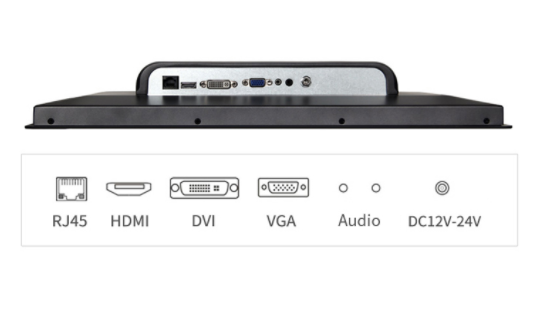
Medical displays are extremely delicate, and regular performance tests are necessary. This performance test is called calibration.
Medical monitors are expensive relative to normal monitors because of their high calibration requirements. There are mainly two calibration methods of medical display: external type and built-in type, and the built-in type is divided into the front type and rear type.
Display calibration, strictly speaking, should be through the "display link" to the display of the "display effect" calibration. Its purpose is to maintain the standard and consistency of digital image display.
The object of calibration is mainly the brightness value of each pixel on the display (generally it is the number of feet lumens), followed by the spatial distortion (the result of drawing a straight line is shown as a curve, the result of drawing a square is shown as a rectangle or trapezoid). The calibration of luminance value is the key difference between medical display and ordinary display.
Brightness value calibration mainly three values: maximum brightness value, minimum brightness value, and linearity.
Parameter performance to meet these requirements, production is less than one-millionth of the ordinary display, medical display can not be expensive? The choose and buy of medical display configuration into the hospital and the focus of attention of PACS integrators understand medical monitor and ordinary monitor in the difference of the technical performance and quality, according to the specific circumstances of this unit, tie-in and different types, different class monitor, under the premise that meet the image quality can save money for the hospital, manifests the rationality and economy.
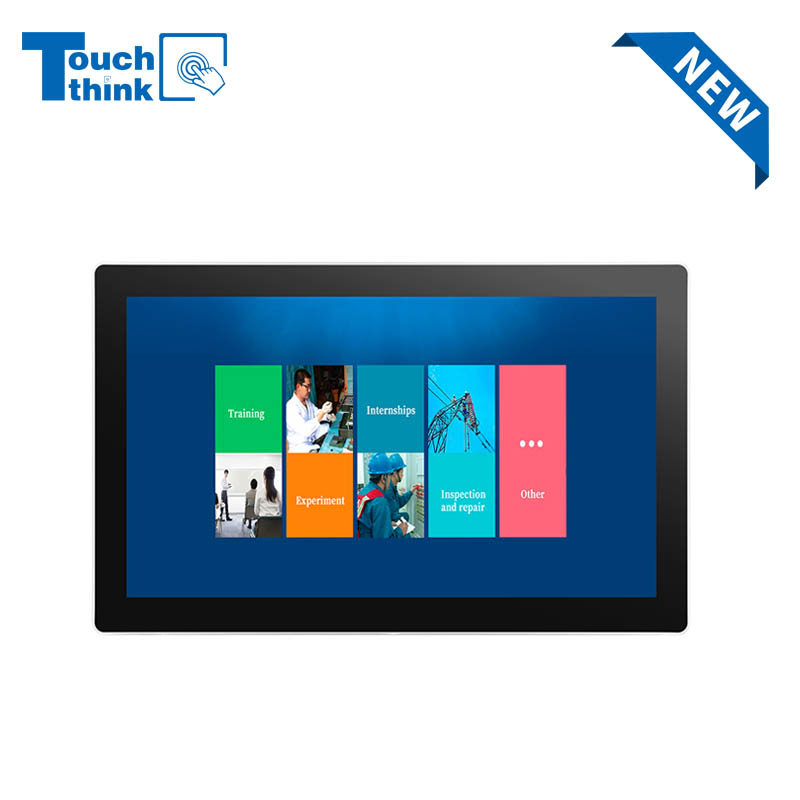
IP65 Wall-Mounted Industrial Touch Screen Monitor | Waterproof HMI Display VIEW MORE
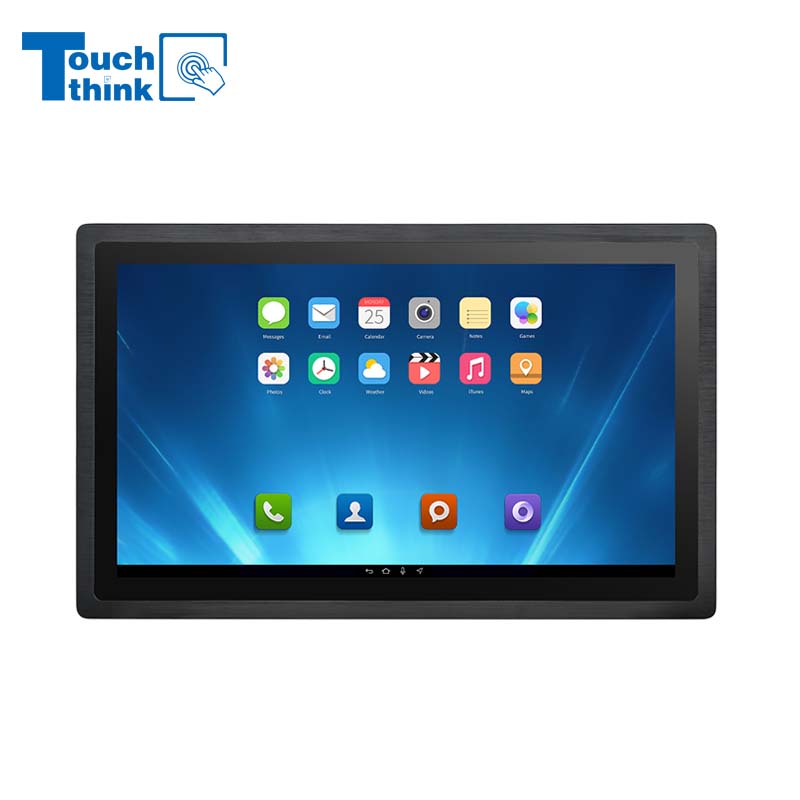
23.8 Inch Industrial Panel PC, Slim Ultra-Thin Design, Multiple I/O Ports, Rugged Touch Computer for IIoT VIEW MORE
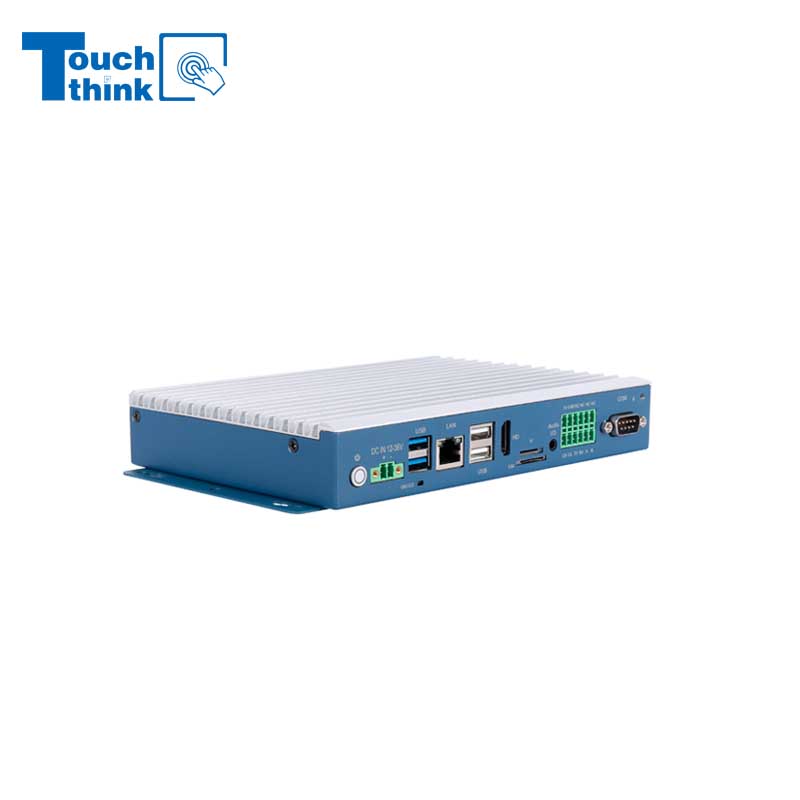
Embedded Fanless Computer ARM Cortex-A55 Quad-Core 64-bit Computers with 1TOPS NPU and Wi-Fi 6 Capabilities VIEW MORE

High Expandability Industrial Embedded PC with Expansion Slots PCIex16 PCIex4 9 to 36V Input VIEW MORE

Modular Embedded Computer with Intel® Core 12/13/14th-Gen Processor 2.5GbE LAN VIEW MORE
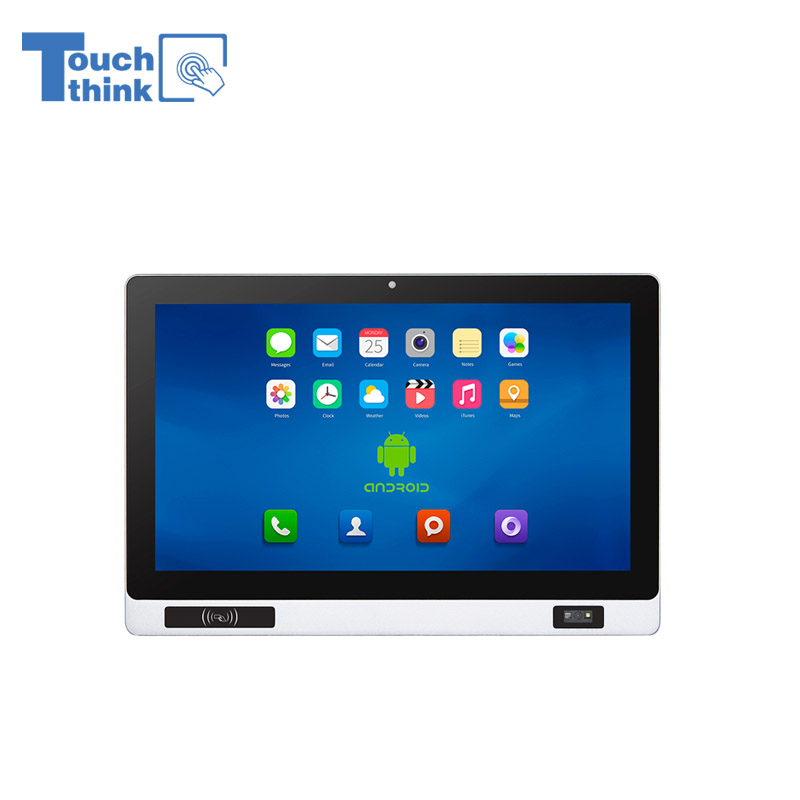
Industrial Panel PC with NFC and QR Code Scanning Functions for Smart Factory VIEW MORE
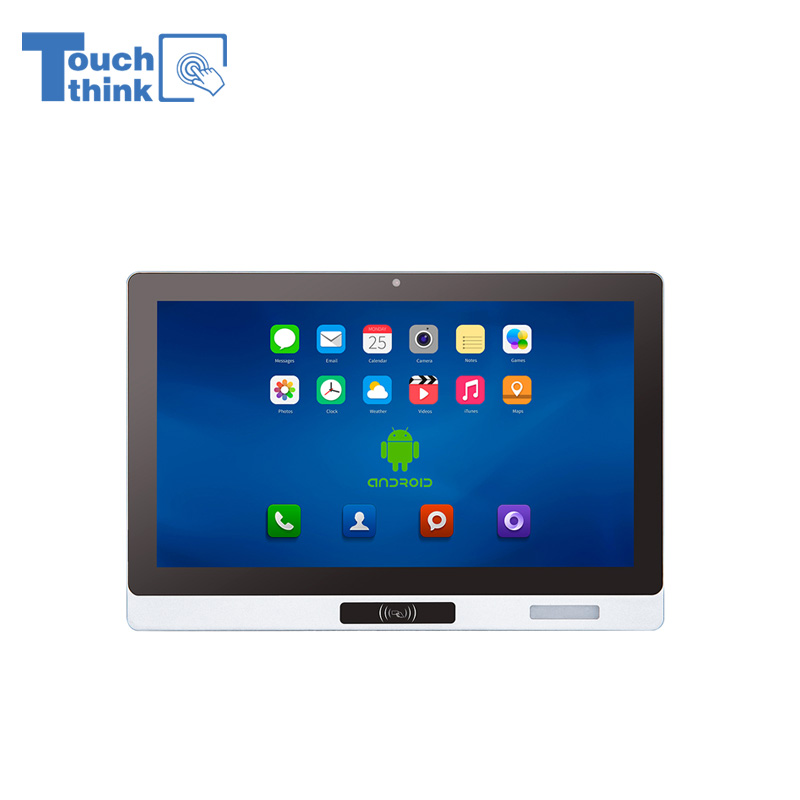
All-in-One Android Panel PCs with NFC/Camera For MES System in Digital Factory 24/7 Use VIEW MORE
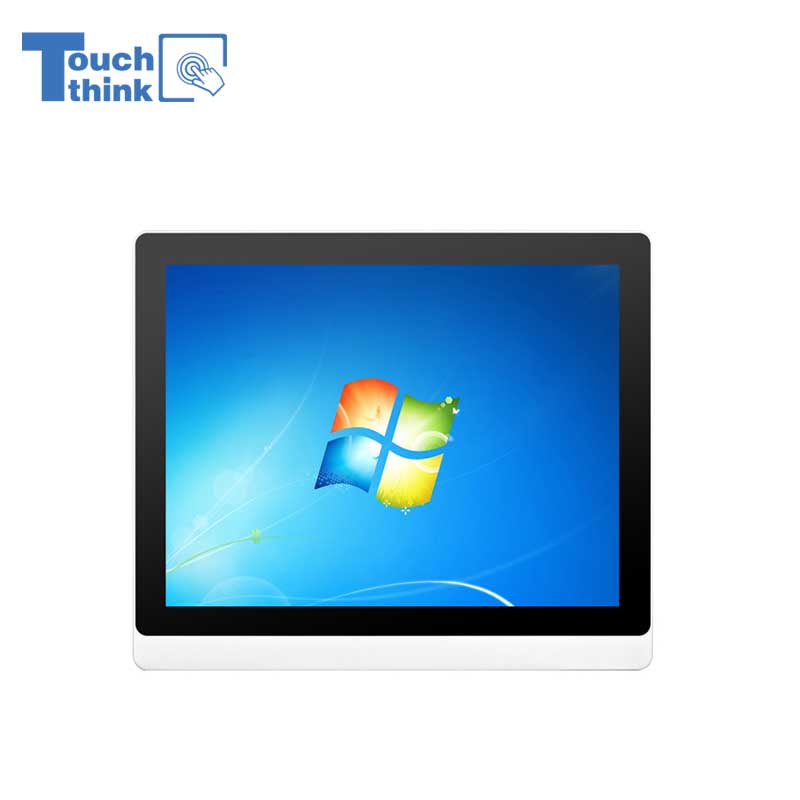
VESA Mount Industrial Touch Panel PC with i3 i5 i7 Processor Desktop Computer 8GB DDR4 128GB SSD VIEW MORE
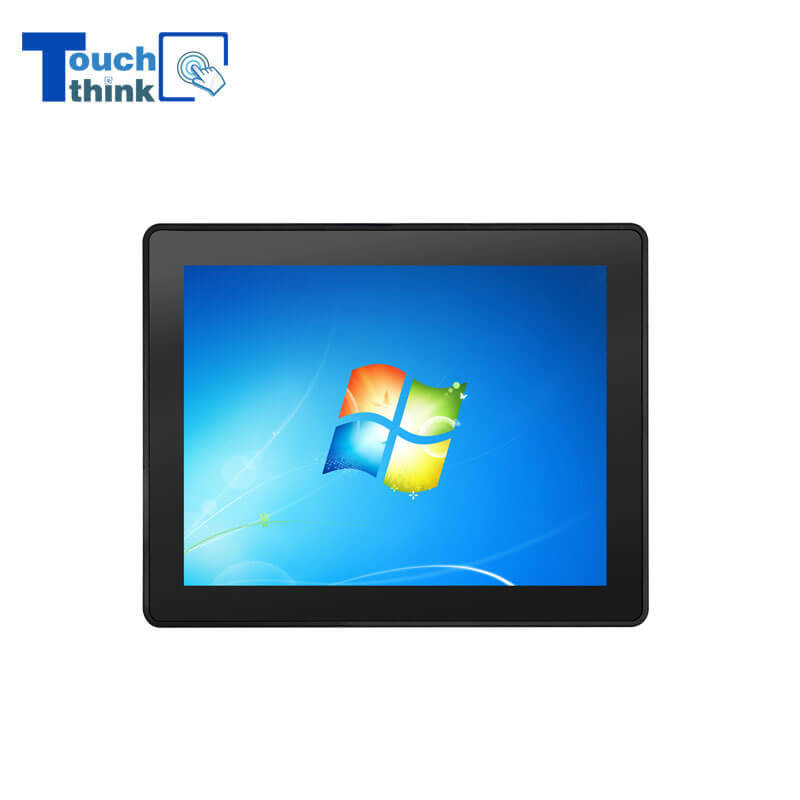
Rugged IP65 Industrial Touchscreen Computer Industrial HMI Panel PC VIEW MORE
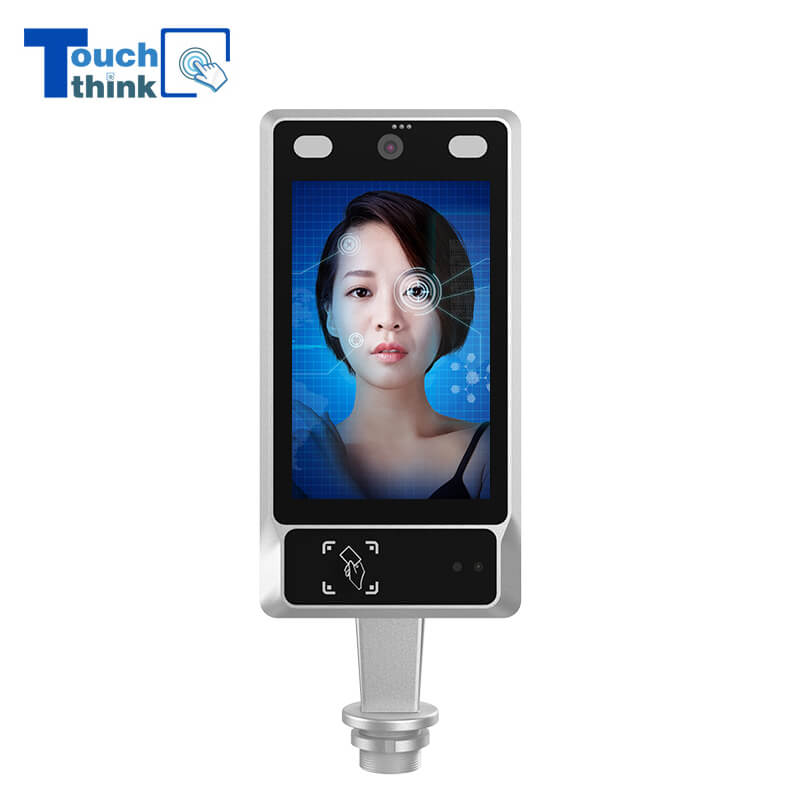
8 inch Facial Recognition Terminal For Turnstile Access Control VIEW MORE
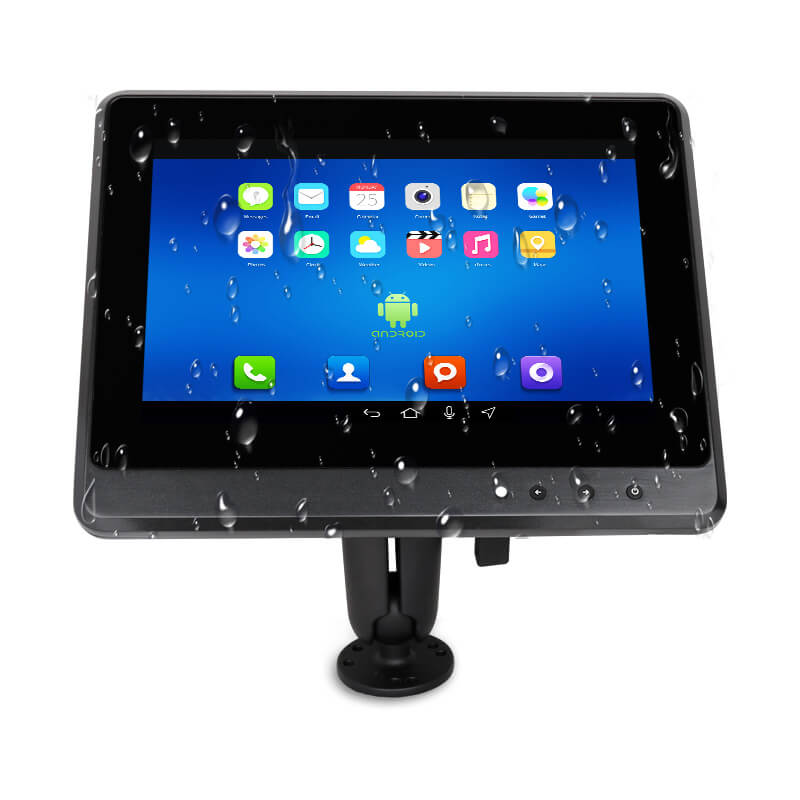
Android In-Vehicle Industrial Panel PC Vehicle AGV Computer VIEW MORE
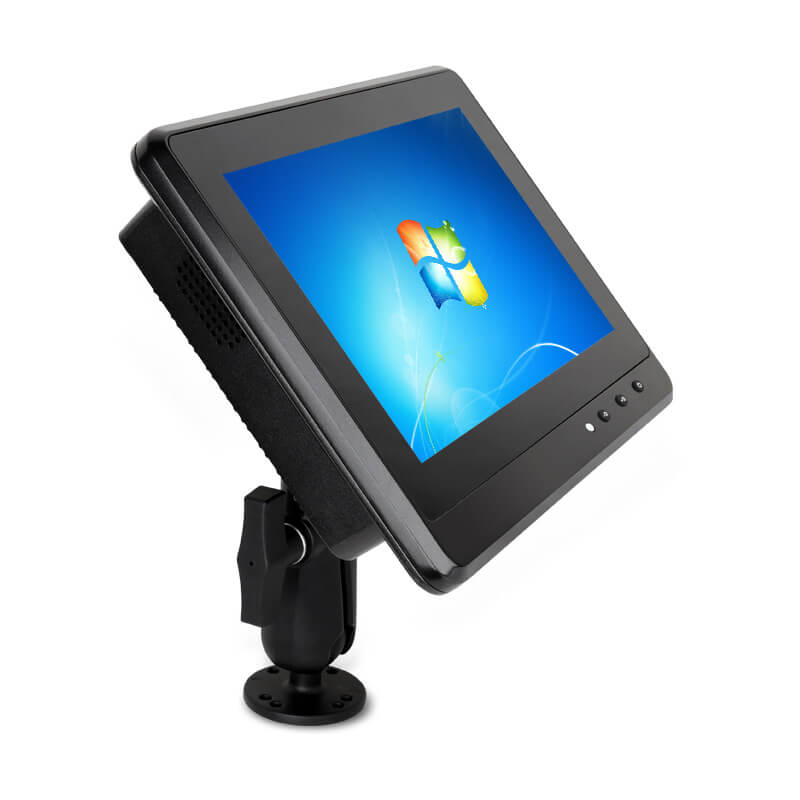
Transportation Panel PC Windows Vehicle Mounted Touch Computers VIEW MORE
Copyright © Shenzhen Touch Think Intelligence Co.,Ltd. All Rights Reserved Update cookies preferences